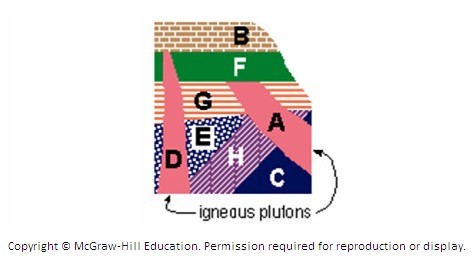Compare and contrast the sediments deposited in continental, transitional, and marine
environments. Give specific examples of these sediment types and the environments where they
commonly form. What will be an ideal response?
The student should discuss continental environments, which commonly are the depositional site
for immature conglomerates and sandstones, swamp deposits, glacial tills and outwash deposits,
and aeolian (wind-derived) sediments. Transitional environments commonly are the depositional
site for beach sands, delta deposits, and lagoon deposits. Marine environments commonly are
the depositional site for shales, deep-ocean marine carbonates, and organic reef deposits, as well
as large-scale, thick evaporite deposits.
You might also like to view...
The cattle egret is a large North American bird that commonly sits on the backs of grazing cattle and eats insects that pester the cattle. This is an example of ____________________
Fill in the blanks with correct word
In general, the release of toxic chemicals into the environment over the past 30 years has
A) increased dramatically in the United States, doubling about every 10 years as the U.S. population has increased. B) increased slightly in the United States, about 10% per decade, as the U.S. population has increased. C) remained steady in the world, despite increases in the world's population. D) greatly declined, by more than 60%, despite increases in the world's population.
Use the diagram below to answer the questions that follow. Which represents rocks composed of granite and is older than F?
Which represents rocks composed of granite and is older than F?
A. A B. H C. C D. D E. E
The atmospheric pressure bands that circle Earth do not change very much with the seasons in the Northern Hemisphere.
Answer the following statement true (T) or false (F)